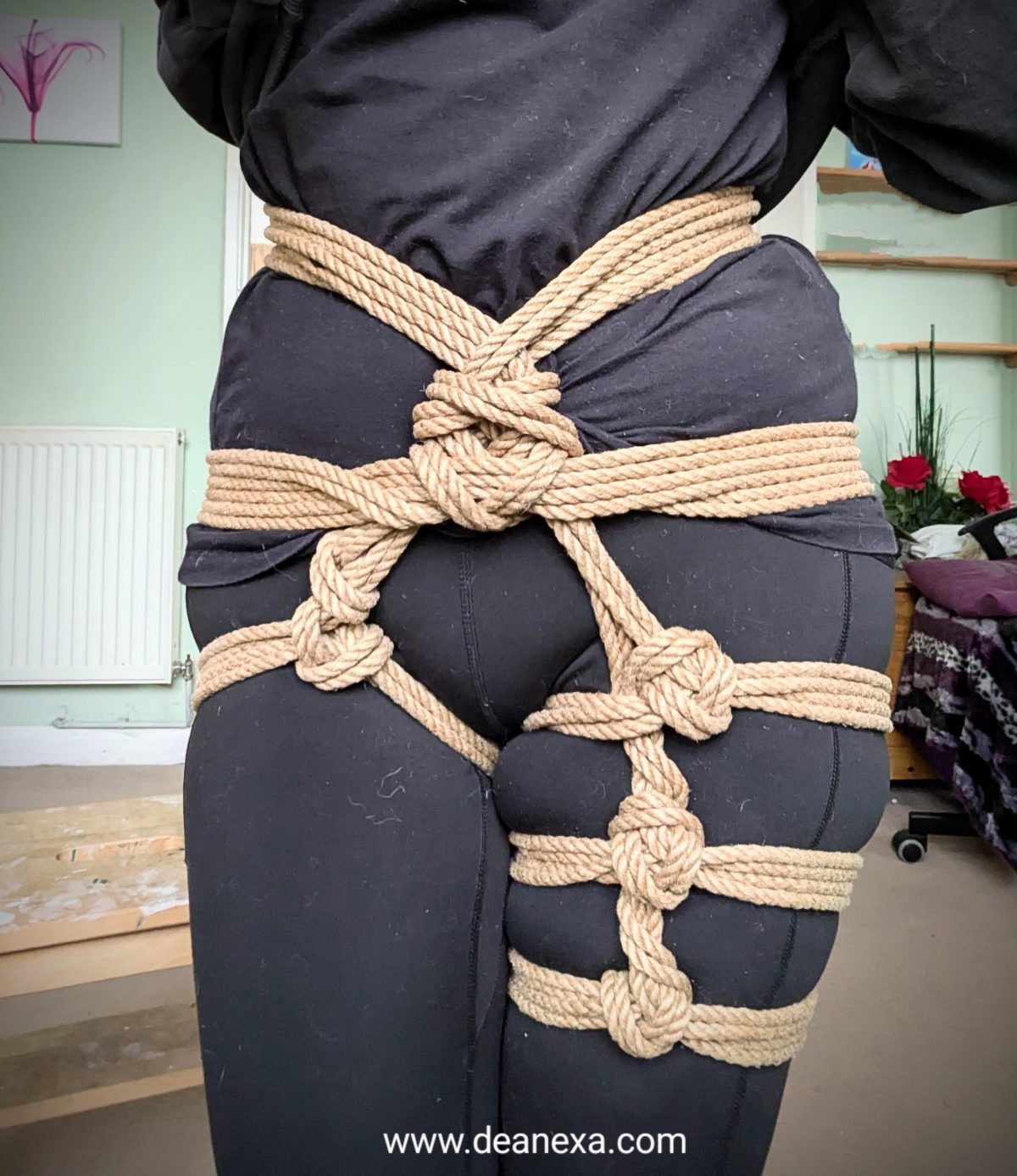Most rope teachers will agree that rope should be accessible to all people interested in it. Consequently, access to quality rope education is crucial in this endeavour. So, we post free content, run affordable not-for-profit classes, and use our free time to help our peers in leadership and peers in rope. We aim, hopefully, for an even playing field with tools to make and keep our spaces accessible to different bodies with different levels and types of experience from different cultural backgrounds.
At some point, as leaders, we have to decide on policies and procedures that make this possible. Definitive processes and contingencies should be created to help cope with the unexpected. As an executive coach, I work with organisation leaders to create spaces that reflect the values and ethos it desires to foster, whilst keeping feet on the ground and aware of the impact of what our actions (or inaction) has.
I have modelled my rope education on leaders I admire with shared values and experiences (being a person of colour in predominantly Eurocentric spaces) – leaders who care about the evolution of our spaces across decades, responding to political climates and pressures on kink communities of all types. It is crucial to never lose sight of the context within which we operate rope events.
Why do I use the word “democratisation”? Democracy refers to the people deciding on the laws they wish to live by, by consensus. There will always be people who disagree, which is a healthy sign. As rope education becomes increasingly accessible online, with plenty of free content available, rope has arguably become democratised. We can choose what we take and what we leave. We can focus on what works for us and our desires and imaginations. Democratisation is great like that!
As I write this blog post, wondering how democratised rope spaces are in general, I reflect on the contrast of in-person, real life rope spaces. Not everyone can access spaces for a whole miriad of reasons:
- Availability of events
- Privacy concerns
- Affordability
- Accessibility to disabled people
- The prevalence of predators
- Cultural, moral, or religious dilemmas
We know that attending an in person class is invaluable. You will see in 3D the way rope works and what good rope handling looks like. You will pick up little nuggets of wisdom missed online. And you will see real bodies doing real rope, not just the best bits posted online.
On the flip side, you may see
- Impenetrable cliques
- An established hierarchy amongst players
- Leaders using their power and influence, unsafe rope
- Dogma to one style or type of tying
- Racism around roles, gender role assumptions
- Non existent, rarely updated, or poor implementation of health and safety policies.
- Unexpected expenses determining if you can do rope at all
- A willingness to turn a blind eye to abuse.
So, how much can we really say rope is democratised, accessible, and inclusive, when decades long difficulties in some areas persist unaddressed and/or challenges unmet?
I do not have any one size fits all answer, but I will recommend seeking support from like-mimded peers or leadership coaches to reflect on your practice.
Dea Nexa
Feature image is a self tied Happy Hipslinger harass designed and modeled by Dea Nexa.
